And Then There Were None
2001 (First published: 1939)
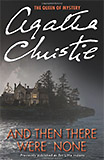
Agatha Christie's version of the nursery rhyme is often considered the best mystery novel ever written. 10 strangers are trapped in an Indian island, where the sinister Mr. Owen is accusing them of murder. One by one is found dead, until ... (the resolution of the novel is very different from that of the movie versions).
300 Pages
5/5
343
Murder on the Orient Express
Hercule Poirot Novel
2017 (First published: 1934)
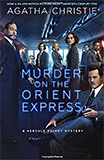
Just after midnight, the famous Orient Express is stopped in its tracks by a snowdrift. By morning, the millionaire Samuel Edward Ratchett lies dead in his compartment, stabbed a dozen times, his door locked from the inside. Without a shred of doubt, one of his fellow passengers is the murderer. Isolated by the storm, detective Hercule Poirot must find the killer before the murderer decides to strike again.
288 Pages
5/5
275
The Passenger
The Passenger - Book 1
2022 (First published: 2022)
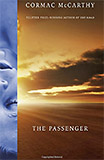
It is three in the morning when Bobby Western zips the jacket of his wet suit and plunges from the Coast Guard tender into darkness. His dive light illuminates the sunken jet, nine bodies still buckled in their seats, hair floating, eyes devoid of speculation. Missing from the crash site are the pilot’s flight bag, the plane’s black box, and the tenth passenger.
400 Pages
5/5
389
City Under One Roof
2023 (First published: 2023)
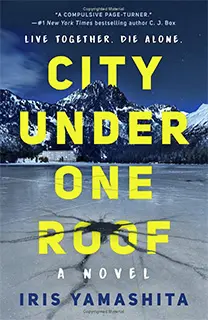
When a local teenager discovers a severed hand and foot washed up on the shore of the small town of Point Mettier, Alaska, Cara Kennedy is on the case. After a blizzard, Cara is stuck among the odd and suspicious residents of the town—all 205 of whom live in the same high-rise building and are as icy as the weather.
304 Pages
4/5
176
The Hollow Man
2013 (First published: 1935)
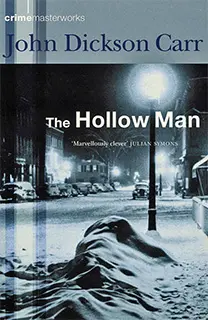
The murderer of Dr Grimauld walked through a locked door, shot his victim and vanished. He killed his second victim in the middle of an empty street, with watchers at each end, yet nobody saw him, and he left no footprints in the snow. And Dr Gideon Fell must solve the case in this most famous of all locked-room mysteries.
303 Pages
4/5
156
Miraculous Mysteries
Locked-Room Murders and Impossible Crimes. British Library Crime Classics
2017

Fiendishly intricate cases became popular during the 'golden age of murder' between the two world wars. The tradition goes back to the days of Edgar Allan Poe and Wilkie Collins. Impossible crime stories have also been written by such luminaries as Arthur Conan Doyle, G.K. Chesterton, Dorothy L. Sayers and Margery Allingham.This anthology celebrates their work.
358 Pages
4/5
301
The Sanatorium: A Novel
Detective Elin Warner, Book 1
2021
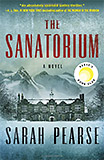
Half-hidden by forest and overshadowed by threatening peaks, Le Sommet has always been a sinister place. But now it is renovated into a five-star minimalist hotel. Arriving in the midst of a threatening storm, vacationing detective Elin Warner immediately feels on edge--there's something about the hotel that makes her nervous.
400 Pages
4/5
307
The Honjin Murders
Detective Kindaichi Series - Book 1
2020 (First published: 1946)
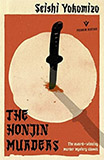
In the winter of 1937, the village of Okamura is abuzz with excitement over the forthcoming wedding of a son of the grand Ichiyanagi family.Then, on the night of the wedding, the Ichiyanagi household are woken by a terrible scream, followed by the sound of eerie music. Death has come to Okamura, leaving no trace but a bloody samurai sword, thrust into the pristine snow outside the house.
192 Pages
4/5
436
Death on Gokumon Island
Detective Kindaichi Series - Book 2
2020 (First published: 1948)
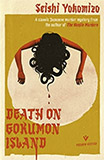
Detective Kosuke Kindaichi arrives on the remote Gokumon Island bearing tragic news—his friend and fellow soldier, the son of one of the island's most important families has died, on a troop transport ship bringing him back home after the Second World War. With his last words, the dying man warned that his three step-sisters' lives would now be in danger.
320 Pages
5/5
282